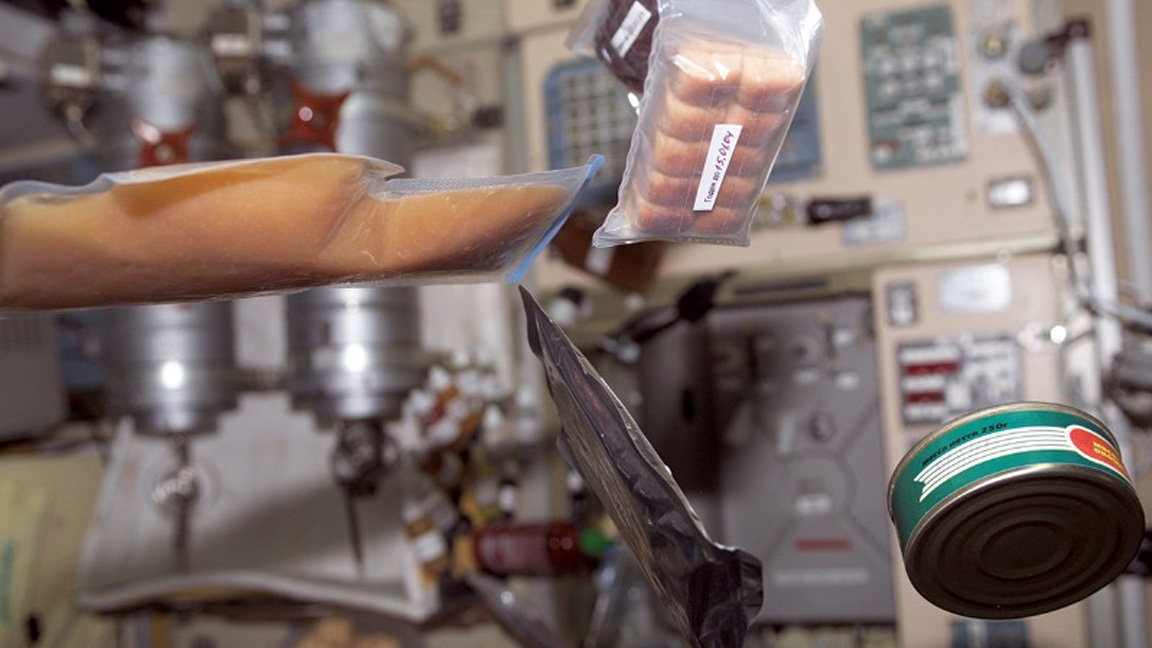NASA to test energy-producing bacteria in space

NASA has put the wheels in motion for testing bacteria as a potential energy source in space. The microbes, capable of producing sugar, could possibly provide food, fuel, and even medicine for travelers on a long space voyage.
The strain of bacteria, known as Anabaena, is able to photosynthesize sugars that are then fed to a genetically-modified microbe referred to by NASA as 'PowerCell,' which would in turn produce chemicals used to feed, fuel, or even treat illness.
"The first pilgrims who came to the Americas didn't bring all their food for the rest of their lives," says Lynn Rothschild, who works at NASA's Ames Research Center. "You need to live off the land."
Initial trials are reportedly scheduled for 2017 and involve satellites stocked with the bacteria over the course of six months. Should the testing be successful, synthesized sugars could help meet needs of astronauts while also ensuring spacecrafts are not over-encumbered with supplies.
The bacteria are also planned to undergo testing in different gravitational settings to see if they can function in zero-gravity, as well as the diminished gravitational pulls of Mars and the moon.
This won't be the first time that sustainable foods in space have been worked on by NASA, as International Space Station staff were able to eat space-grown lettuce earlier this year.
- Speaking of Mars colonization, see what the Curiosity rover has been up to these days.
Sign up for breaking news, reviews, opinion, top tech deals, and more.
